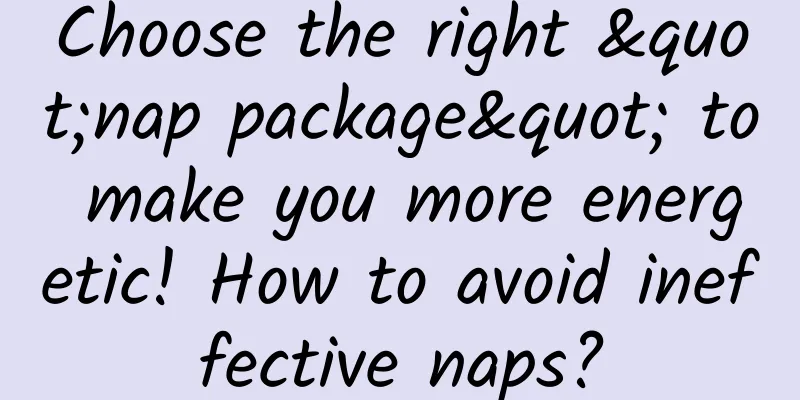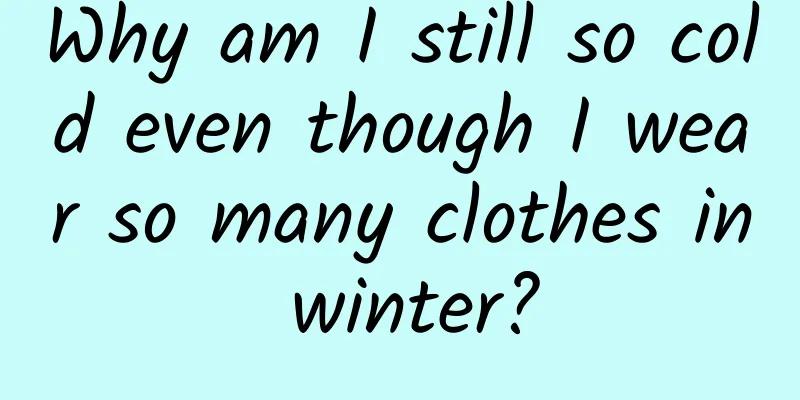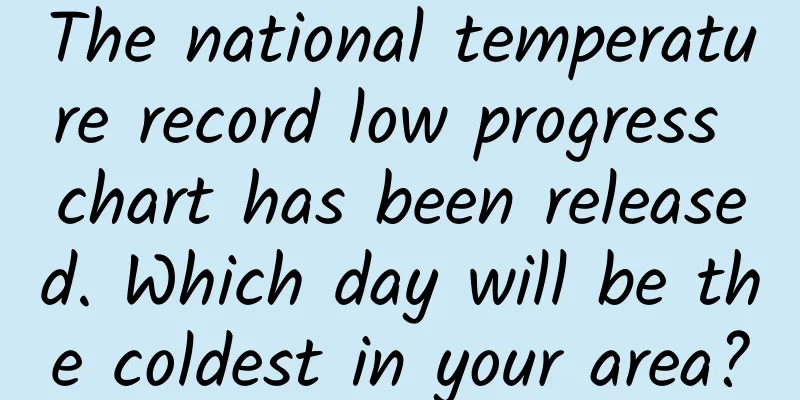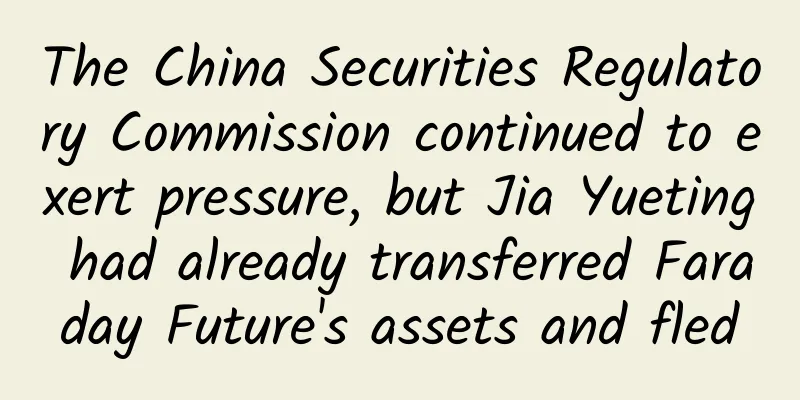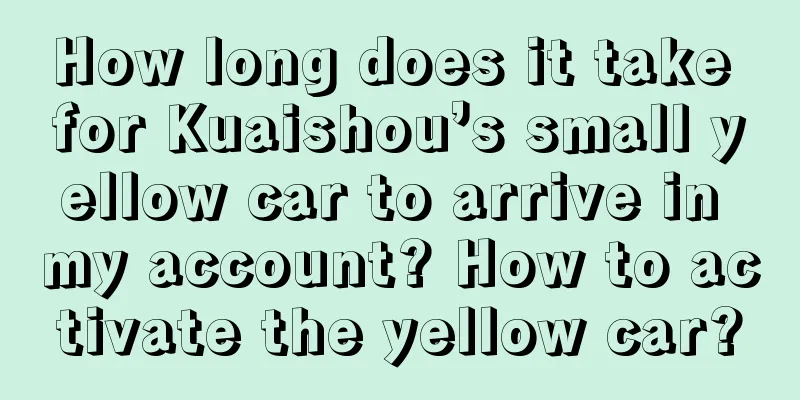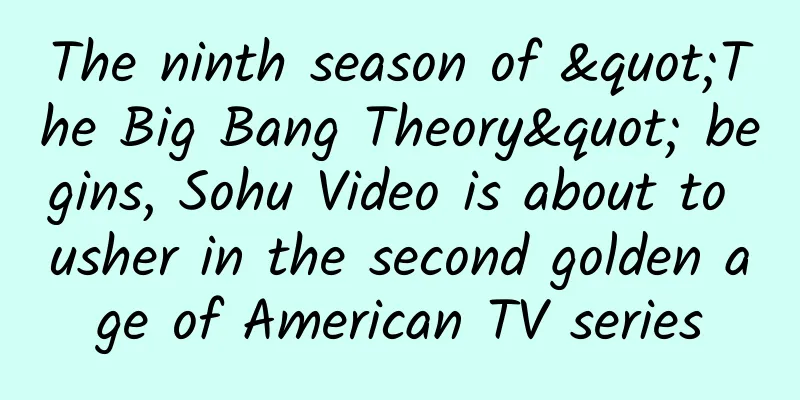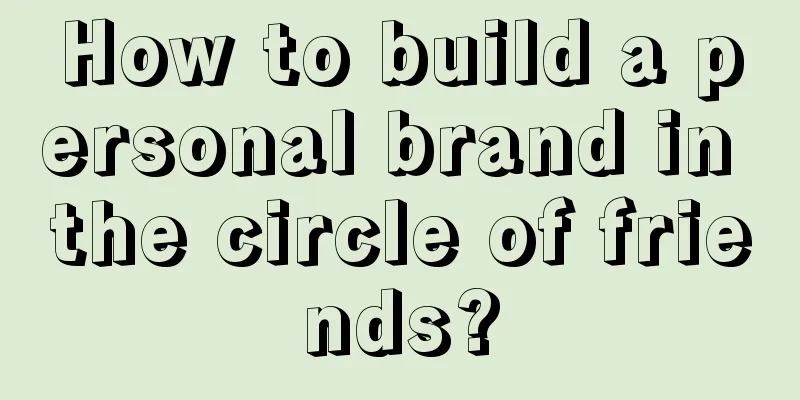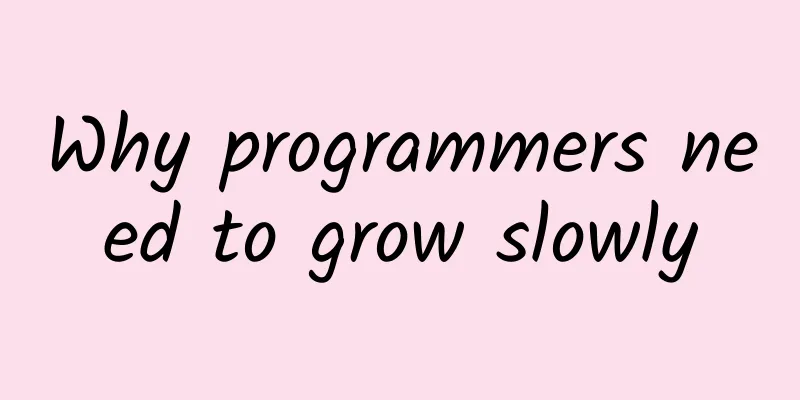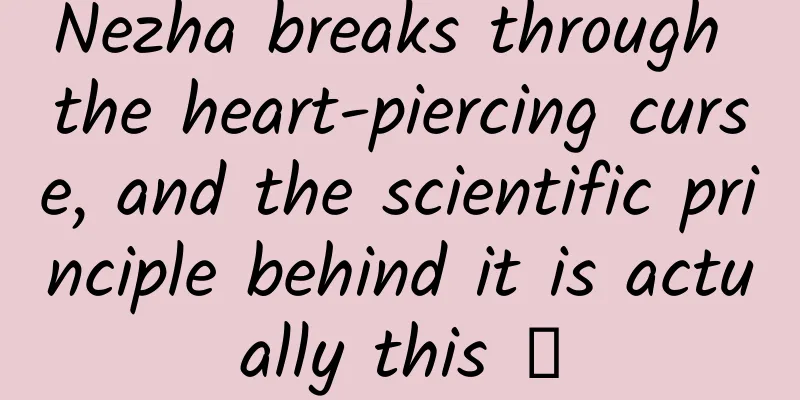Useful information sharing: Let you learn JS closures in minutes

|
1. Closure, a sneak peek When I come into contact with a new technology, the first thing I will do is to find its demo. For us, reading code can help us understand the essence of a thing better than natural language. In fact, closures are everywhere, for example, the core code of jQuery and Zepto is contained in a large closure, so I will write the simplest and most primitive closure below to help you create a picture of closure in your mind:
This is the simplest closure. After having a preliminary understanding, let's briefly analyze how it is different from ordinary functions. The above code is translated into natural language as follows: (1) Define a general function A (2) Define a normal function B in A (3) Return to B in A (4) Execute A and assign the result of A to variable C (5) Execute C To summarize these 5 steps in one sentence: Function B inside function A is referenced by a variable c outside function A. If we further process this sentence, it becomes the definition of closure: When an inner function is referenced by variables outside its outer function, a closure is formed. So, when you perform the above 5 steps, you have defined a closure! This is closure. 2. The purpose of closureBefore understanding the role of closures, let's first understand the GC mechanism in Javascript: In Javascript, if an object is no longer referenced, it will be reclaimed by GC, otherwise the object will always be kept in memory. In the above example, B is defined in A, so B depends on A, and the external variable C references B, so A is indirectly referenced by C. That is to say, A will not be reclaimed by GC and will always be kept in memory. To prove our reasoning, the above example is slightly improved:
count is a variable in function A, and its value is changed in function B. Each time function B is executed, the value of count is increased by 1. Therefore, the count variable in function A will always be stored in memory. When we need to define some variables in a module and hope that these variables are always kept in memory but do not "pollute" global variables, we can use closures to define the module. 3. Advanced writing of closuresThe above is actually the most primitive way of writing. In actual applications, closures and anonymous functions are often used together. The following is a common way of writing a closure:
The function of this component is to initialize a container, then add subcontainers to this container, and remove a container. The function is very simple, but there is another concept involved here: immediately executing a function. Just briefly understand it, and the key point to understand is how this writing method implements the closure function. The above code can be split into two parts: (function(){}) and (). The first () is an expression, and this expression itself is an anonymous function, so adding () after this expression means executing this anonymous function. Therefore, the execution process of this code can be decomposed as follows:
In this code, we seem to see the shadow of closure, but there is no return value in f, which seems to be inconsistent with the conditions of closure. Pay attention to this code:
obj is an object defined in function f, which defines a series of methods. Executing window.jView = obj means defining a variable jView in the window global object and pointing this variable to the obj object, that is, the global variable jView references obj. The function in the obj object references the variable viewport in function f, so the viewport in function f will not be recycled by GC and will be kept in memory. Therefore, this writing method meets the closure conditions. 4. SummaryThis is the simplest understanding of closures. Of course, there is a deeper understanding of closures, which involves more. You need to understand the execution context, activation object, scope, and the operation mechanism of the scope chain. But as a beginner, you don't need to understand these for the time being. After you have a simple understanding, you must use it in actual projects. When you use it more, you will naturally have a deeper understanding of closures! |
>>: MVVM mode of mobile development architecture
Recommend
Google source code shows that Google ruthlessly cut Android fingerprint recognition function
Before the launch of Google's new flagship Ne...
6 Psychological Effects You Must Know About Marketing
In recent years, various content forms have becom...
8 facts about mobile internet advertising
In the past two years, mobile advertising has bro...
Didi ToB business full case review
When Yidao first started offering private cars ar...
Xiaohongshu 618 Marketing Preparation Strategy
The situation varies from brand to brand, so the ...
What are the commonly used terms in SEM? Summary of Common SEM Terms
Key indicators and terms ◆ Ranking and creativity...
What happens to old trees? The oldest tree is over 5,000 years old. Why is it so long-lived?
Currently, the oldest known tree in the world is ...
2021 Jiankun University English Listening Comprehension Class
2021 Jiankun University English Listening Compreh...
If you don’t know how to do attribution analysis, it’s no wonder that your channel conversion and user growth are getting worse and worse!
The APP has been developed, the advertising has b...
Flying cars test the waters in the tourism industry, Geely Travel plans to expand into Hainan
On June 3, Geely Group (New Business) Co., Ltd., ...
Hongmeng Intelligent Driving ushers in another OTA upgrade, and the large-model car-mounted Xiaoyi unlocks more voice skills!
Recently, Hongmeng Intelligent Driving has ushere...
WeChat has launched a "new WeChat" that focuses on social networking for young people
For some of the "older generation" neti...
A complete analysis of the tactics used by the official accounts of the Palace Museum Taobao, Museum Magazine, Haier, etc. to increase followers!
How to increase followers on official corporate a...
